Template for Writing a Letter to a Judge
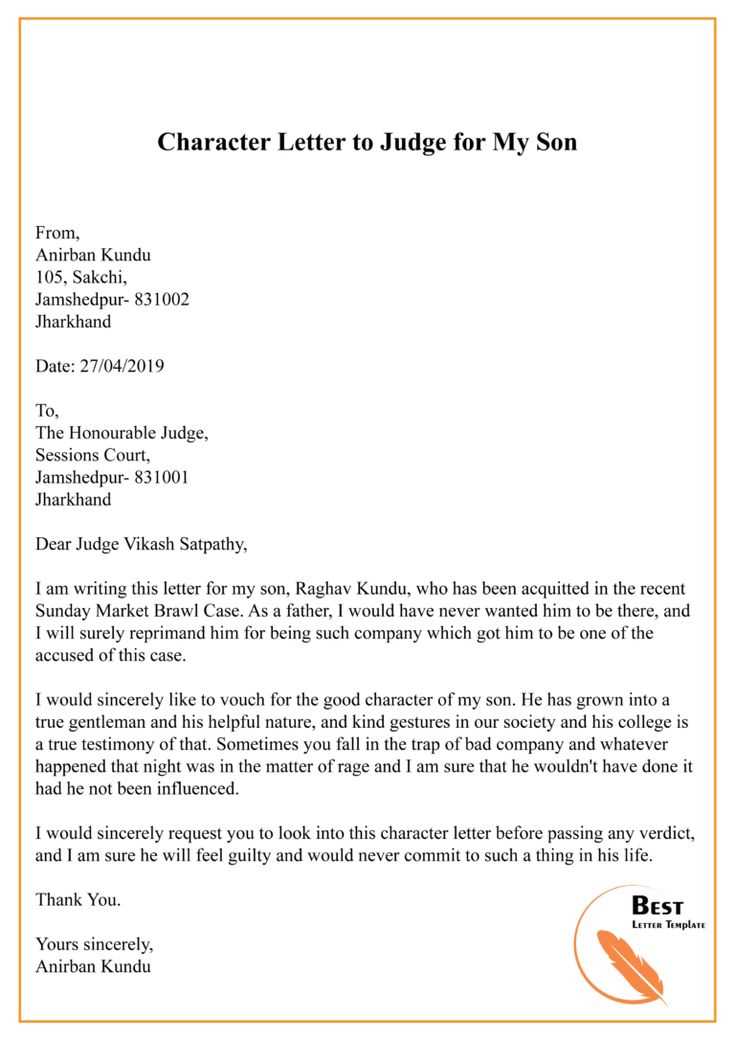
When engaging with the legal system, it is essential to maintain professionalism and clarity in all written communication. Such documents often serve as an important means of expressing requests, explanations, or clarifications to those involved in legal proceedings. The language used should be respectful, direct, and well-structured to ensure that the intended message is conveyed effectively.
Proper structure is critical in ensuring that your communication is taken seriously. The content must reflect an understanding of legal protocol, highlighting relevant details without being overly complex. In addition, it should address the recipient with the respect and decorum expected within the judicial context.
Whether you’re submitting a formal request, seeking leniency, or providing context for a case, the right approach can make a significant difference. This guide will walk you through how to craft such a document, focusing on tone, organization, and key components to include in order to achieve a positive outcome.
How to Write a Letter to a Judge
When communicating with the court, it is essential to structure your message in a formal and concise manner. The purpose of your communication should be clear from the start, ensuring that the recipient understands your intent without confusion. The content must be well-organized, with each point logically following the previous one, so as to maintain a professional tone throughout.
Opening the Correspondence
Start by addressing the recipient correctly. Use a respectful salutation, such as “Dear Honorable [Title]”. It is important to acknowledge their position within the legal system, as this sets the tone for the rest of the document. In the opening paragraph, briefly introduce yourself and state the purpose of the message without unnecessary details.
Maintaining a Respectful Tone
Respect is paramount when writing any formal correspondence, especially to those in positions of authority. Avoid using emotional language or making demands. Instead, present your request or explanation clearly and respectfully. Focus on facts and remain neutral, keeping personal opinions or sentiments to a minimum.
Importance of Professional Tone in Legal Correspondence
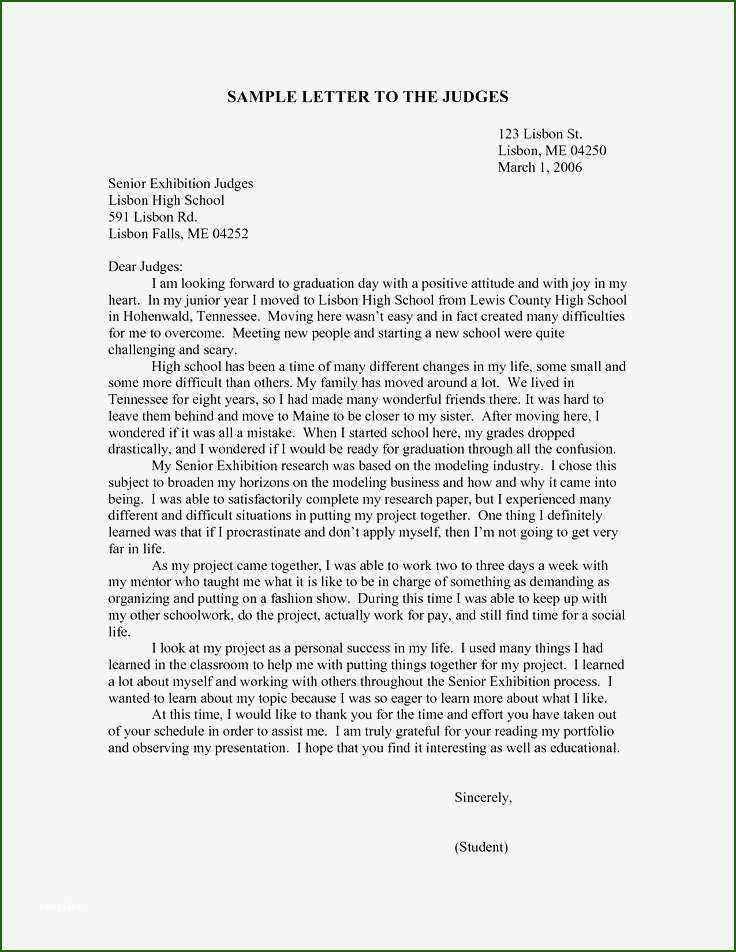
In legal communication, maintaining a professional tone is crucial to ensure that your message is taken seriously and respected. The way you express yourself can influence how your request or explanation is received by those in charge of legal proceedings. A well-crafted, respectful approach demonstrates that you understand the seriousness of the matter and the authority of the recipient.
Here are some reasons why a professional tone is essential:
- Credibility: A polished and formal tone helps establish your credibility and shows that you are informed and respectful of the legal process.
- Clarity: Clear, neutral language allows for better understanding, ensuring that your point is not lost in emotion or unnecessary elaboration.
- Respect for Authority: Using a formal and professional approach acknowledges the position and responsibilities of the recipient, maintaining proper decorum in communication.
In legal matters, every detail counts, and a professional tone is one of the first steps in ensuring your communication is well-received and effective.
Key Elements of an Effective Letter
Creating a well-crafted message to the court requires a careful approach, focusing on several essential components. These elements ensure that your communication is both clear and professional, providing the necessary information while maintaining proper decorum. Each section of the correspondence should serve a specific purpose, contributing to the overall effectiveness of the document.
Essential Components to Include
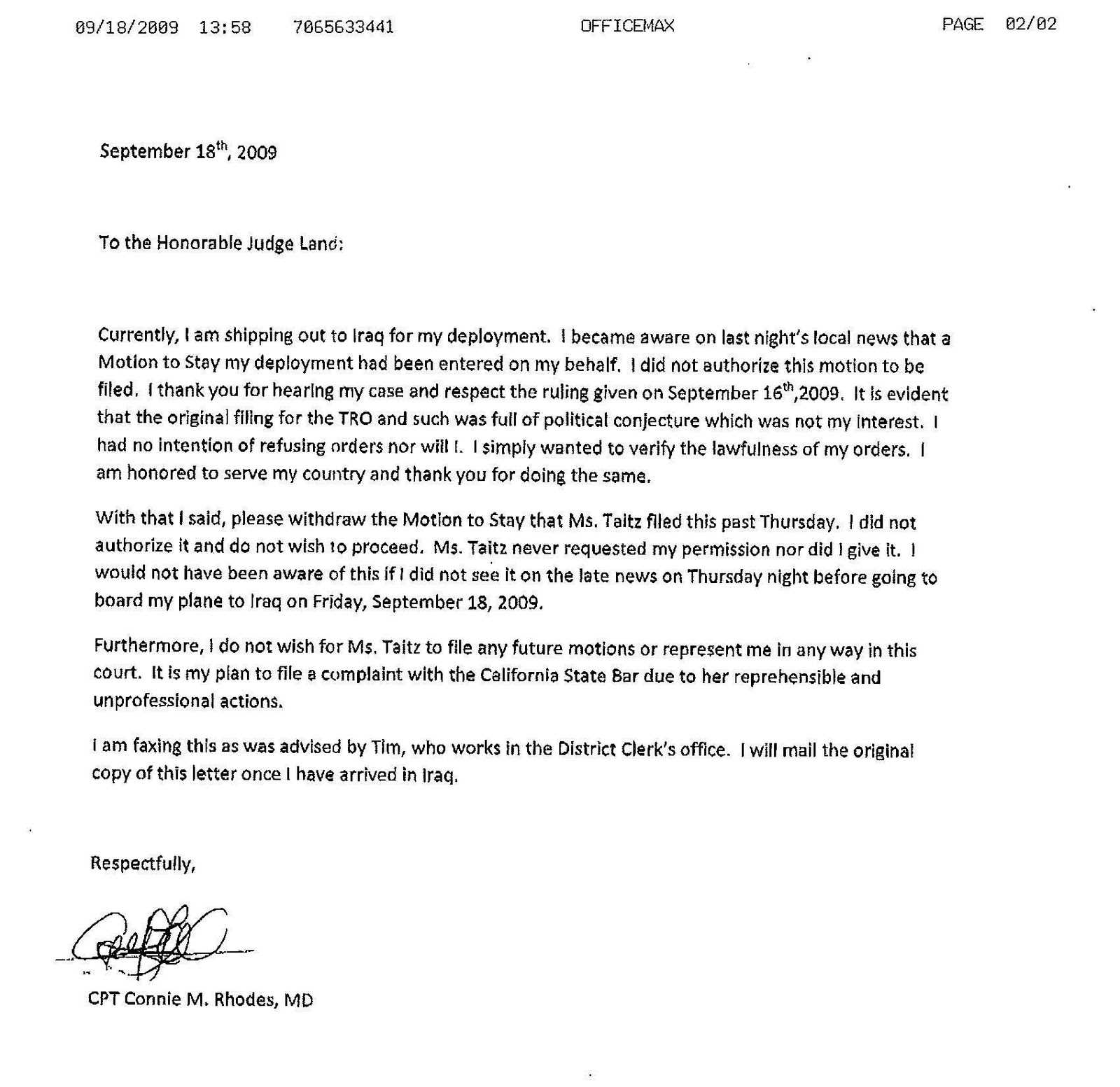
- Proper Salutation: Start with an appropriate greeting, addressing the recipient respectfully according to their position.
- Introduction: Briefly introduce yourself and the reason for writing, offering context to the recipient from the beginning.
- Body: Clearly present your request or explanation. Be factual and concise, avoiding unnecessary details.
- Closing Statement: Conclude by reiterating your request or key point and expressing appreciation for the recipient’s time and consideration.
Additional Considerations
- Clarity: Ensure that your points are easy to understand and follow logically.
- Neutral Language: Avoid emotional or biased language. Stick to facts and maintain a calm tone throughout.
- Proofreading: Carefully review your message for errors before submitting it, as small mistakes can undermine its professionalism.
Common Mistakes to Avoid in Legal Letters
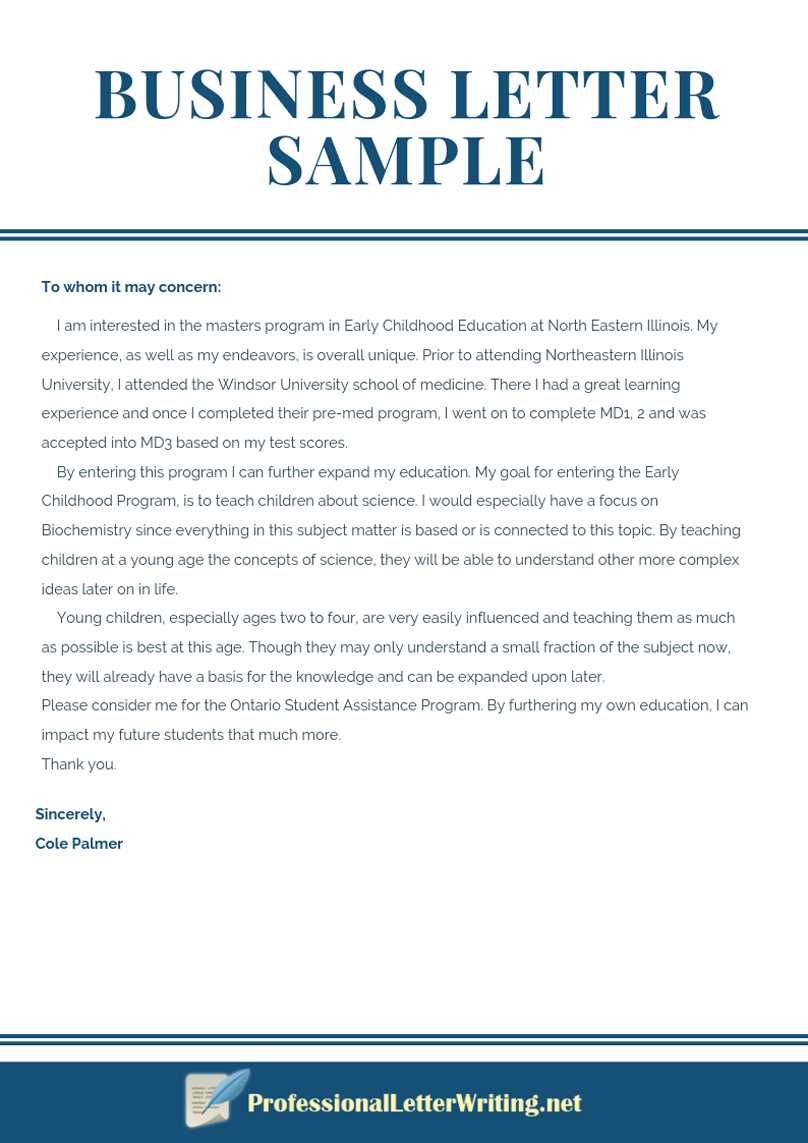
When crafting formal correspondence within legal contexts, it is important to avoid several common errors that can undermine the effectiveness of your message. Even small mistakes can impact how the recipient perceives your request or information. Understanding these missteps can help ensure that your communication is professional, clear, and well-received.
| Mistake | Explanation |
|---|---|
| Using Informal Language | Casual or colloquial language can diminish the professionalism of your communication. Stick to formal, respectful phrasing. |
| Being Too Emotional | Legal correspondence should remain objective and neutral. Avoid overly emotional language or making personal appeals. |
| Overloading with Information | Providing unnecessary details can confuse the recipient. Focus on the most relevant facts that support your case or request. |
| Incorrect Salutation | Using the wrong title or failing to address the recipient properly can be seen as disrespectful. Ensure you use the correct form of address. |
| Failing to Proofread | Grammatical or typographical errors can harm the professionalism of your message. Always review your work carefully before submission. |
How to Address the Judge Properly
When communicating with legal authorities, proper etiquette in addressing the recipient is crucial. It demonstrates respect for their position and ensures that your correspondence is taken seriously. Understanding the correct form of address is an essential part of maintaining a professional tone throughout the document.
The most common and respectful salutation is “Honorable,” followed by the judge’s last name. For example, “Dear Honorable Smith” is an appropriate greeting. If you are unsure of the specific title or position of the recipient, it’s always best to use a formal, neutral salutation such as “Dear Sir/Madam,” though using their proper title is preferred whenever possible.
Remember, addressing the court with the correct level of respect helps establish the right tone and increases the likelihood that your communication will be viewed favorably.
Legal Terminology and Its Proper Use
In any formal communication involving legal matters, using the correct legal terminology is essential. The precise language ensures that your message is clear and accurately reflects the legal concepts being discussed. Misusing terms can lead to confusion or even misinterpretation, undermining the effectiveness of your correspondence.
Key Legal Terms to Include
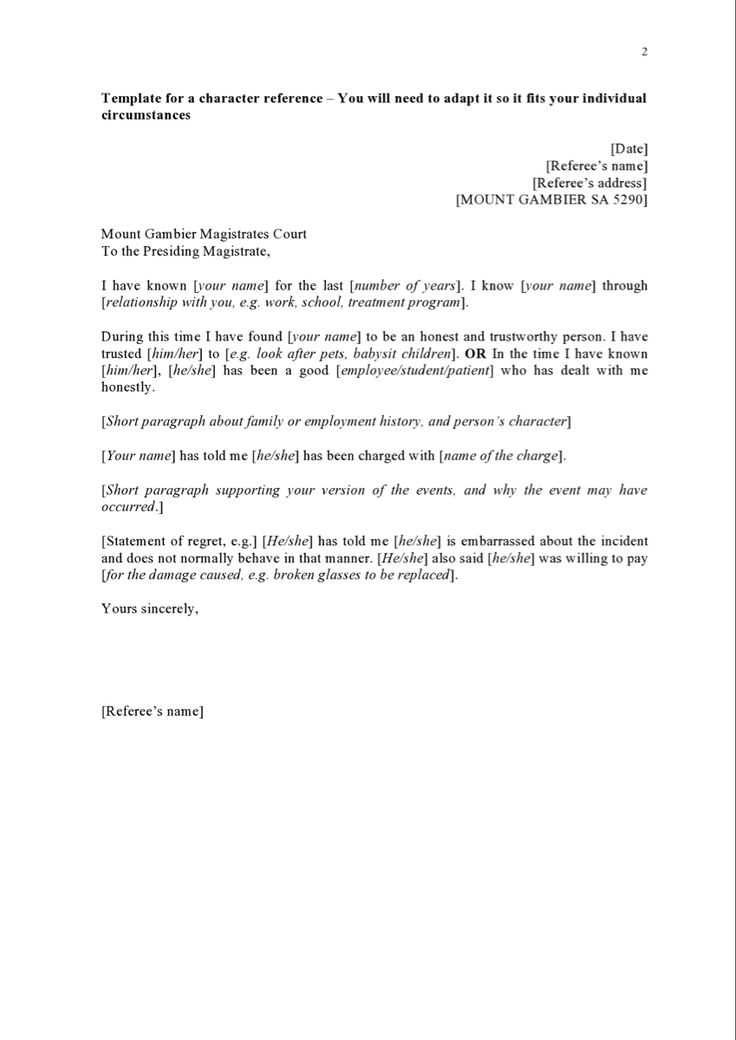
- Defendant: Refers to the individual or entity against whom legal action is being taken.
- Plaintiff: The party initiating the lawsuit or legal action.
- Petition: A formal written request, often used to ask the court for a specific ruling or decision.
- Motion: A formal request made to the court, usually asking for a specific order or judgment.
Using Legal Language Correctly
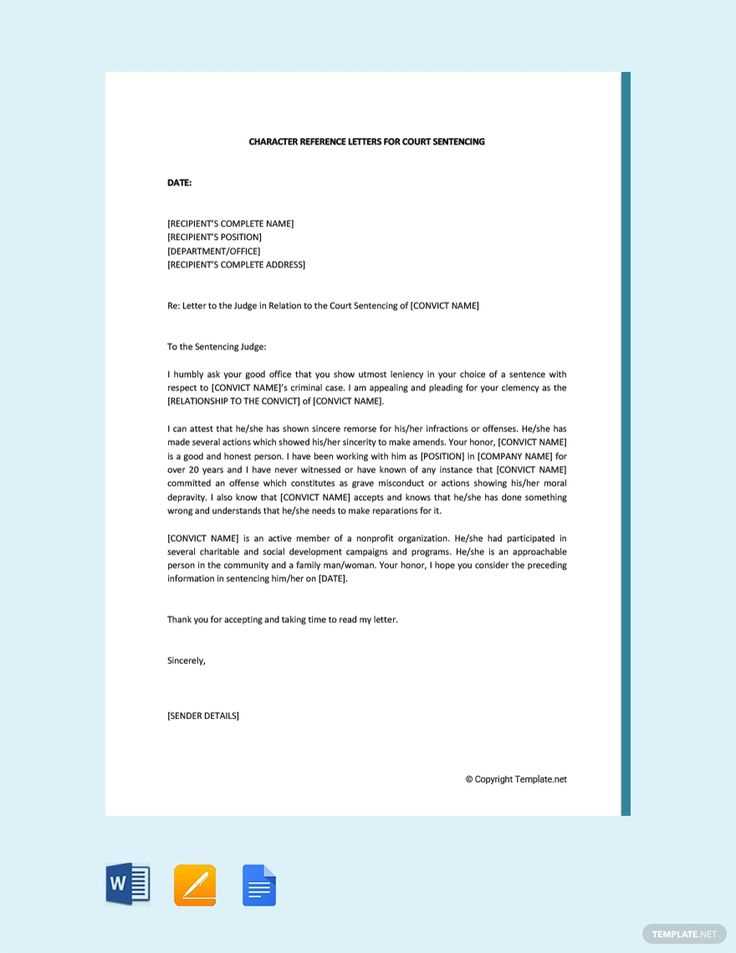
Always ensure that the terminology you use is appropriate for the context. Avoid overly complicated or technical terms unless absolutely necessary, and provide clear explanations if needed. Legal language should be concise and direct, reflecting the seriousness of the matter at hand.
Tips for Maintaining Clarity and Respect
When communicating in a formal legal context, it is crucial to strike a balance between clarity and respect. A message that is both straightforward and polite ensures that your points are understood while maintaining the necessary decorum. Properly conveying your thoughts allows the recipient to focus on the content without distractions or misunderstandings.
To achieve this balance, consider the following tips:
- Be Concise: Avoid unnecessary elaboration. Stick to the key points to prevent overwhelming the reader with excessive details.
- Avoid Jargon: Use simple, direct language unless technical terms are essential. Overcomplicating your message can lead to confusion.
- Use Polite Phrasing: Always maintain a respectful tone, regardless of the situation. Phrases like “please,” “thank you,” and “I respectfully request” show courtesy.
- Structure Your Message Clearly: Organize your ideas logically, using paragraphs or bullet points to break up complex thoughts. This enhances readability and comprehension.
By focusing on these principles, you can ensure that your communication remains both clear and respectful, making a positive impression on the recipient.